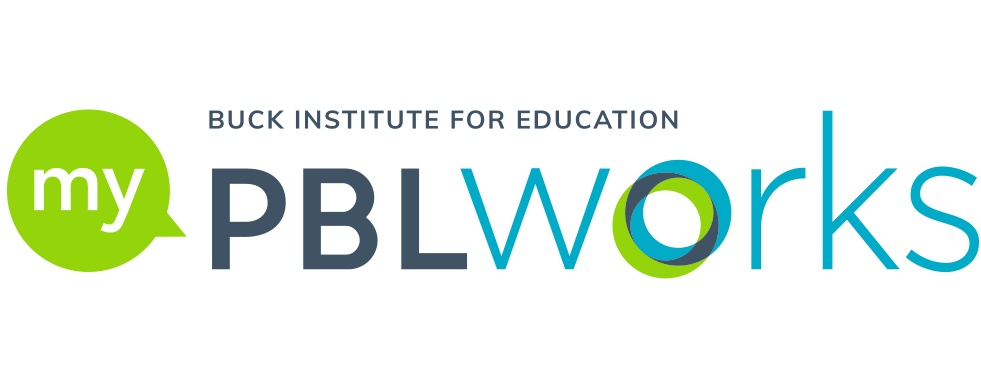Design Thinking for Creating a Students Rebuild Project
Typically, when you think of design thinking, you might think of the start-up world or the process businesses use to develop new products. I recently participated in a two-day “design camp” with Students Rebuild, BIE and the Bezos Foundation that challenged that notion. As we worked in teams to create the “Advocates for Peace” project-based curriculum unit, I learned how design thinking can apply to the process. Essentially, our driving question for the two days was, “How might we, as PBL educators, incorporate design thinking into a peace-building project-based curriculum?”
Advocates for Peace
Developing the unit was a collaborative effort between BIE National Faculty and staff and Students Rebuild teachers, who gave feedback on our work throughout the process. In the project we designed, students research student peace building efforts in the three Students Rebuild sites: Nigeria, Sri Lanka, and the South Caucasus. After research, students engage in their own inquiry-based investigation in which they go out into their community, conduct surveys, analyze data, and draft a policy proposal.
We felt it was important to provide support for teachers in helping students narrow down their topic and draft quality survey questions. As a teacher in a career and technical education school, I really wanted to introduce a SWOT analysis (Strengths, Weaknesses, Opportunities, Threats) component. Giving students this engineering tool to analyze their proposed solutions to community issues can show teachers the interdisciplinary potential of PBL.
Gaining Empathy
Our work in the design camp started with gaining empathy: understanding our students and how peace building can impact them. On day one, we gathered around posters contemplating our “ideal student.” Teachers called out some predictable responses: resourceful, critical thinker, collaborator, etc. Then we were asked to think about a specific student: “What it would take for that student to reach these goals?” This asked us to put a face to our “user” (the student), and the mood in our room quickly shifted. Suddenly, our work had become personal.
Ideation as a Designer
During the design process, I was pushed in my thinking when we had to ideate on driving questions for the project. We came up with a large list of questions, found common ideas, and eventually arrived at our final question. I realized that as part of the design thinking process it was necessary to get out as many ideas as possible and then prioritize the best ones. Companies like Ideo use this model to ensure they have the most creative and robust list of ideas. This step was reflected in our project as students also ideate on possible solutions to the community issue they select as a result of their survey.
Prototyping, Iteration & Authenticity
After we developed a draft of the curriculum, we received feedback from Students Rebuild teachers. This is reflective of the prototyping and iterative nature of PBL. Their input was invaluable. Just as in design thinking, user feedback is critical in creating a truly authentic product. Teachers were able to view the project from the lens of a practitioner and could suggest where scaffolds and supports needed to be added in. This reflects the advice BIE and others give to PBL teachers—share project designs with a focus group of students to get their reaction.
Beyond the camp
Walking away from design camp, I felt really hopeful and inspired about how design thinking can be incorporated within PBL. I wonder how we might be able to even incorporate students in the design process because after all, they are the true “users” of our curriculum!
Currently, I am preparing to implement this program with the young women of my mentoring program H.E.R.Story in Washington D.C. during our bi-weekly advisory period. I hope they will become inspired by the international peace building efforts of students in Nigeria, Sri Lanka, and Armenia.
Daily, many of my students face adversity between neighborhood conflict, familial conflict, and personal strife. Many students live in areas of high need where access to opportunities are limited. I wonder what connections they will make between students abroad and themselves. The threat of violence and uncertainty looms over the heads of many of my students, much like students in some of the Students Rebuild sites. My hope is that they will feel inspired to create a policy proposal for a problem that is authentic to them. When I think about my students and the conflicts they face daily, I know that this project will empower them to take action in leading peace efforts in their own communities.
You can find more information on the “Advocates for Peace” Project Based Learning unit and the Facing Difference Challenge here.
To view or download this resource, log in here.
Login